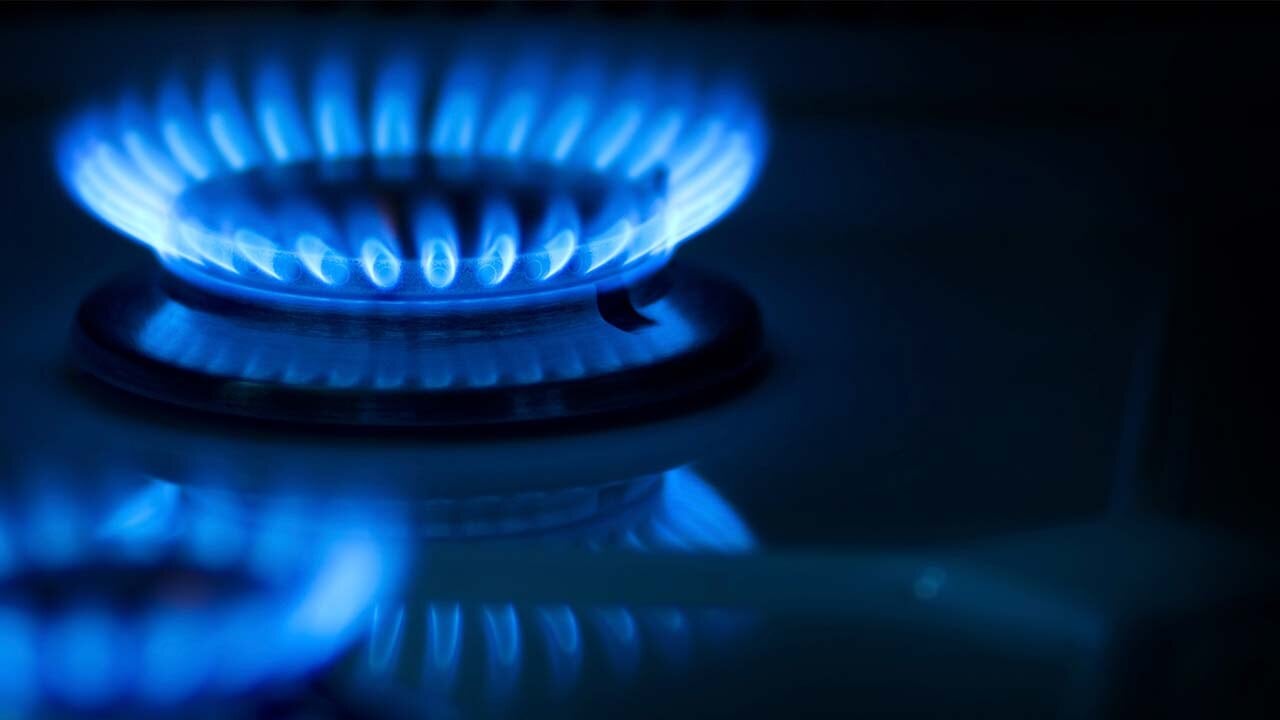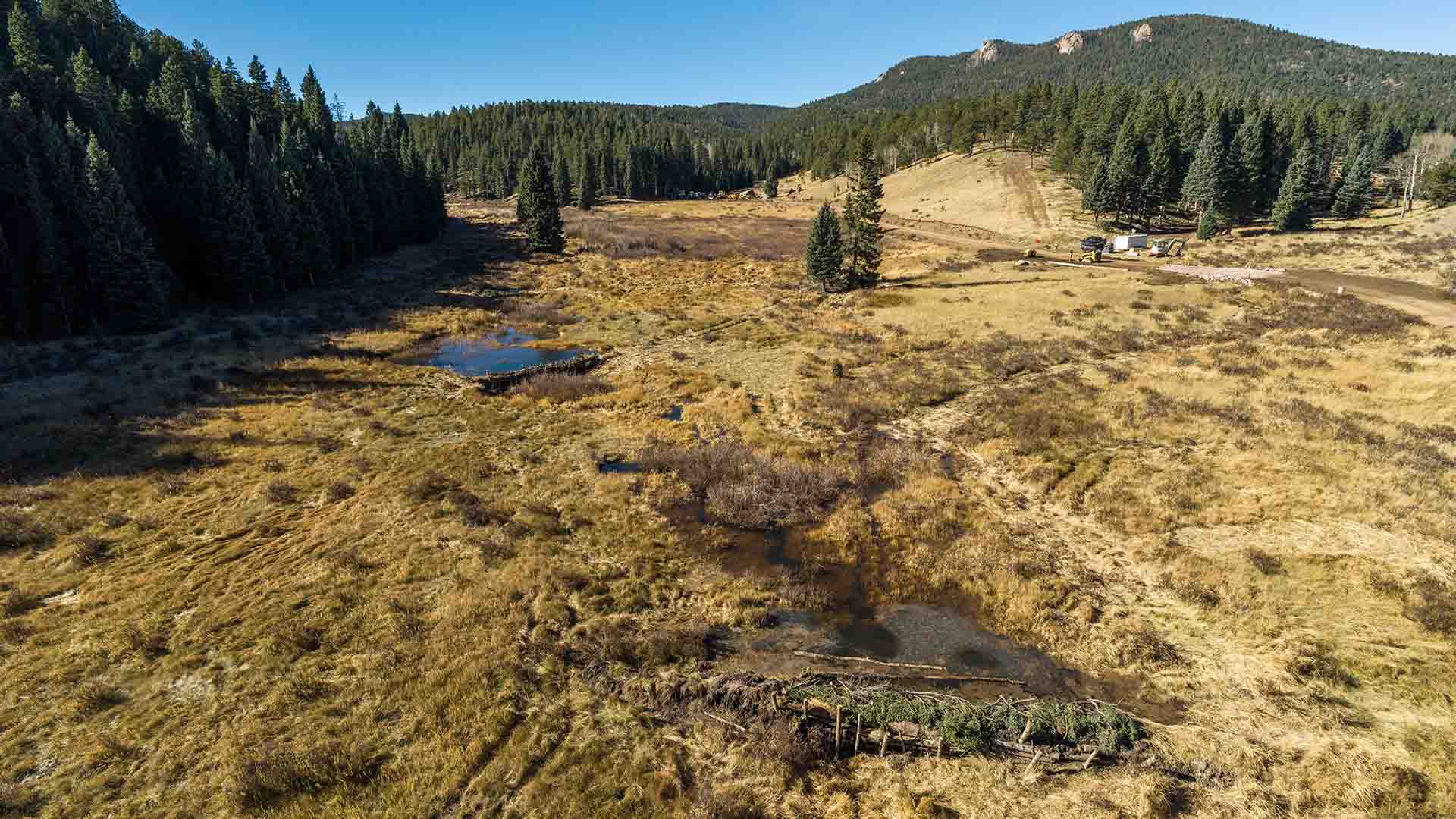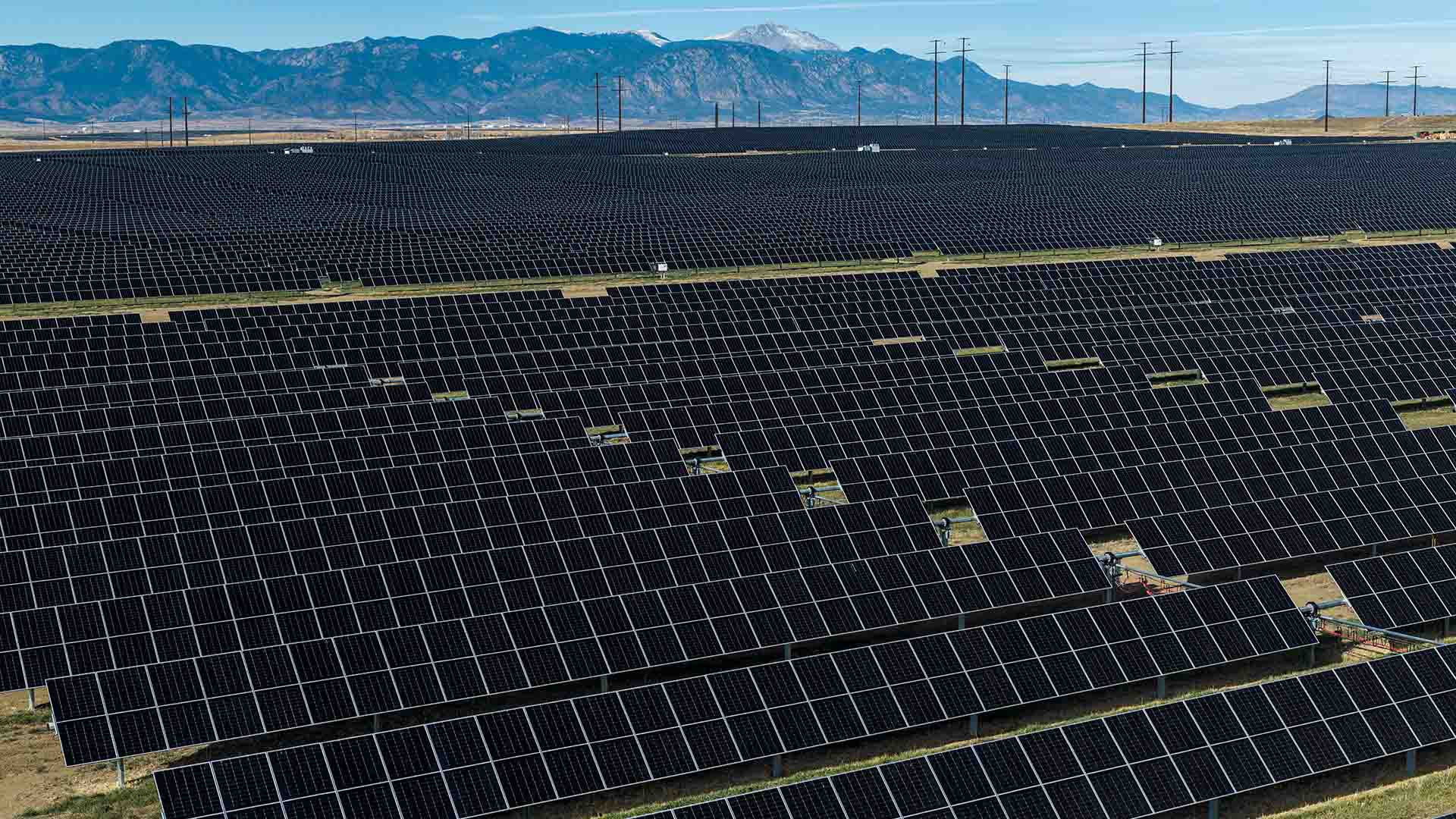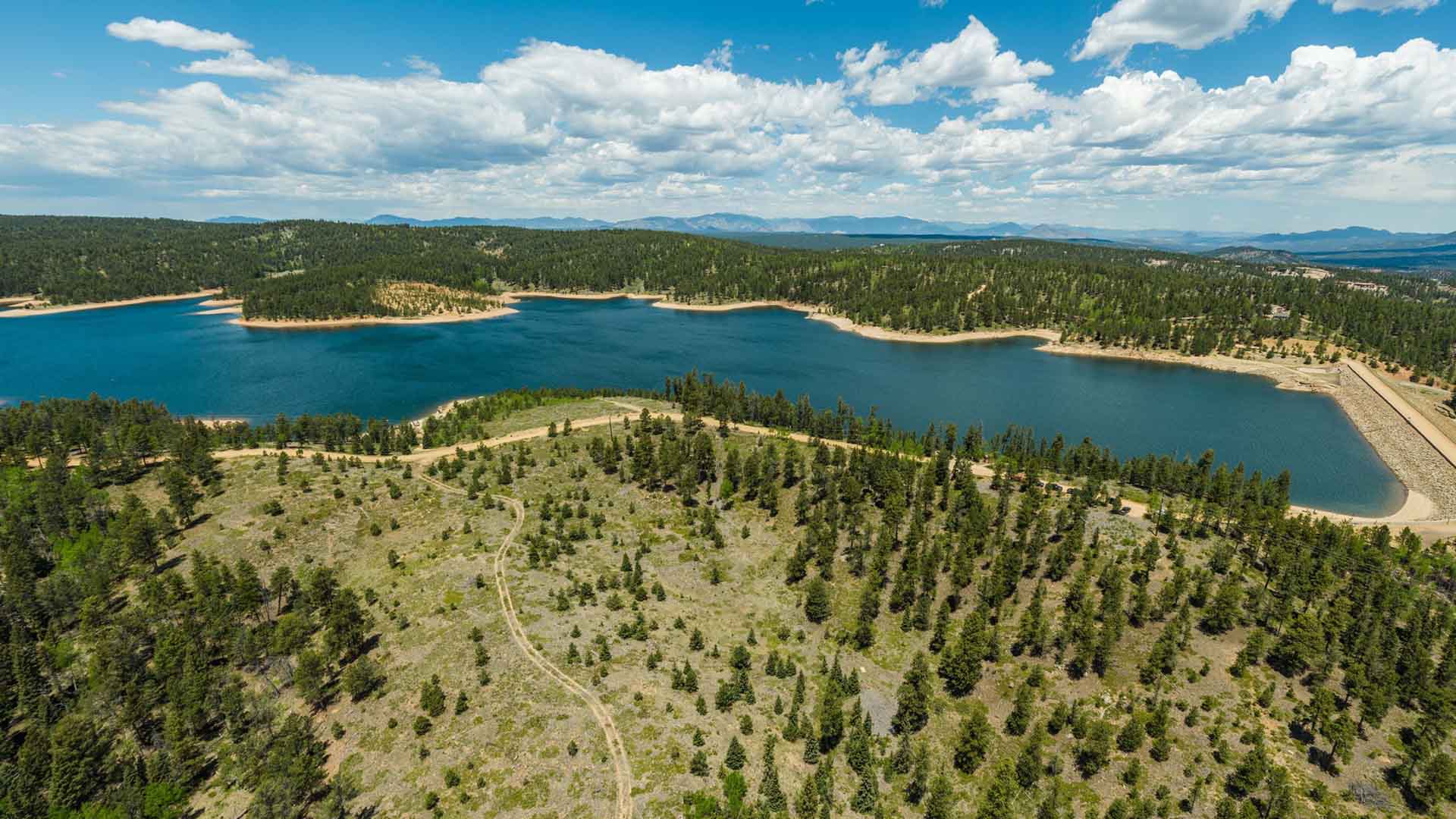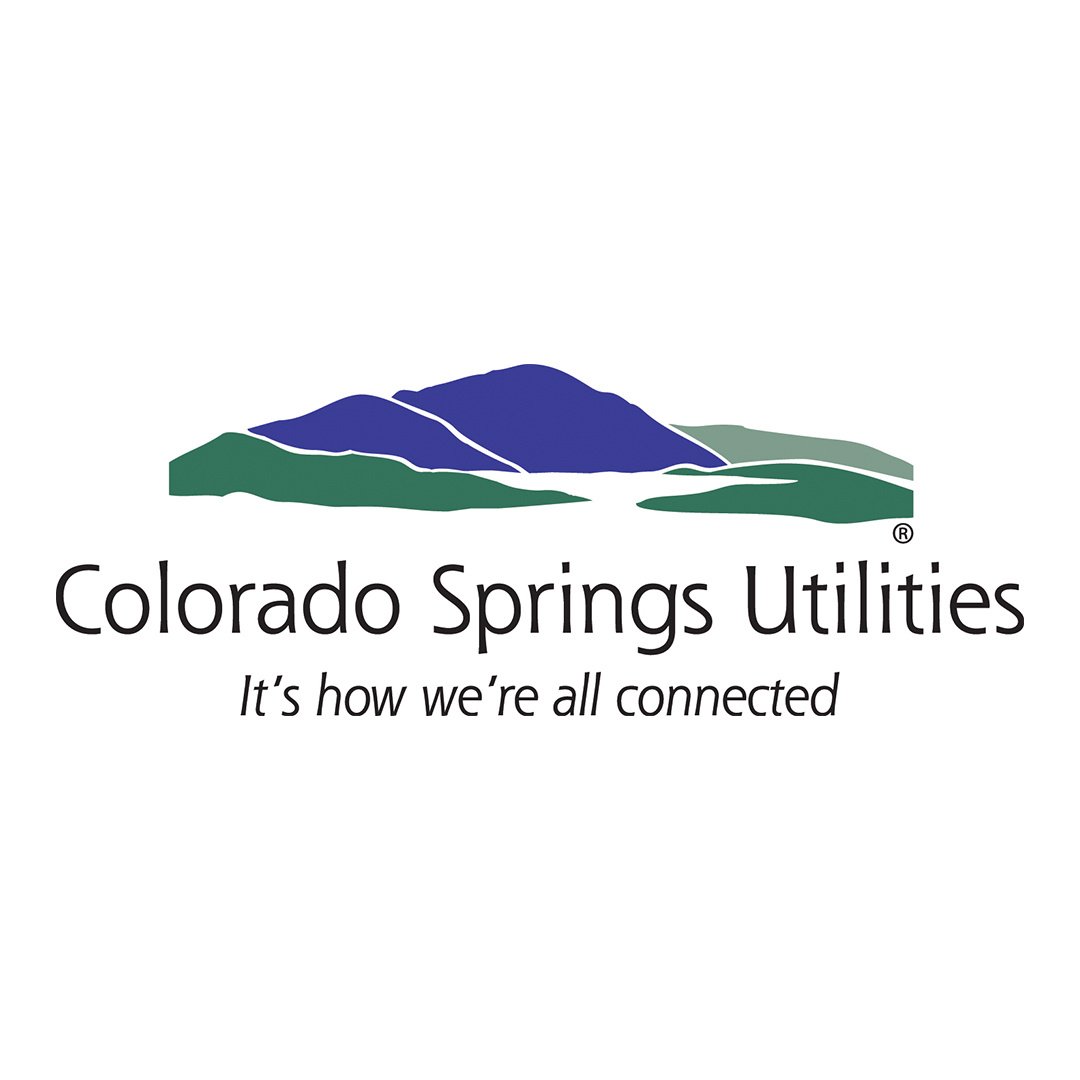
Colorado Springs Utilities
Duration: 1 minute
Published on May 8, 2025
One of the significant capital investments we’re making over the next five years is the expansion of our wastewater system to serve new and existing customers in the rapidly developing eastern portion of the city. The Eastern Wastewater System Expansion will provide the critical “backbone” to move wastewater to our Las Vegas Street Resource Recovery Facility for treatment.
The project is large and complex. Phase I, which will occur 2026-2030, includes construction of 11 miles of new gravity wastewater mains, seven miles of new force mains and two new lift stations that are needed to help move waste product “uphill” from the southeastern portion of the city.
Phase I of the Eastern Wastewater System Expansion project is estimated at $396M. The portion that will be expended during the next five years is $357M.
Our CEO, Travas Deal, explains why we are taking on this important work now, how it’s funded through customer base rates, and how those costs will be recovered as development occurs.
Why is there a need to build this system now?
While much of the eastern portion of the city is served by existing wastewater infrastructure right now, we have determined that capacity constraints could be reached as early as 2028 as the area continues to develop. Our engineers and planners began to evaluate the infrastructure that would be needed to continue serving the area well in the future. The project was born out of our extensive analysis. It proved to be the most economically and operationally efficient way for us to serve current and future customers.
Did you consider building a new treatment plant to serve that area of the city?
Forty years ago, at the time Banning Lewis Ranch was annexed into the City and development east of Academy Boulevard was just starting, it was thought that a wastewater treatment facility on the city’s east side would eventually be needed.
Fast forward four decades and considerations have changed. Using a rigorous evaluation, we arrived at seven alternatives to provide wastewater services to the eastern part of the city. This list was eventually whittled down to our preferred alternative – the Eastern Wastewater System Expansion configuration.
Rather than constructing a new wastewater treatment plant—which was more costly and would face significant permitting and operational challenges—this option was chosen as the most efficient path forward for all customers from a project and cost standpoint. It also ensured we could maximize the beneficial use of our water rights and utilities infrastructure.
The criteria used in arriving at the preferred alternative included: operations complexity, water reuse and regionalization optimization, constructability/ability to construct in phases, regulatory and legal considerations, cost/impact to existing and future customers and political considerations.
Who will be served by the project?
This project will serve current and future customers on the City’s east side – not just Banning Lewis Ranch. For example, it will serve Colorado Springs Airport and the Horizon Utility Campus and may also serve future eastern city annexations, such as Karman Line. In fact, the Horizon substation may be the first “new customer” served by the expansion!
More broadly, all customers benefit from system improvements and projects in a variety of ways, as we are all using the system directly and indirectly. Consider a customer who works downtown, commutes to a home on the east side of the City and relies on medical and recreational resources in the City’s north side. All the components of where we live, work and play rely on the same critical infrastructure.
Why are base rates paying for construction and how will those costs be recovered?
For decades, Utilities Rules & Regulations have allowed us the option to construct infrastructure when it is in the best interest to protect water or wastewater services, to allow for continued development or to provide benefit to the entire service area. The Eastern Wastewater System Expansion project met these criteria. The complexity and technical aspects of construction were also considered.
Because we highly value transparency with our customers, especially for significant business decisions, we recommended changes to our Financial Planning and Budgeting Instruction (I-3) in 2024. Additionally, we introduced a new guideline, Determination to Construct Water and/or Wastewater Extensions (G-13), to outline requirements for informing the Utilities Board about these decisions.
The costs of the project will be paid for through bonds and revenue generated from customer base rates. A wastewater base rate increase of 9% annually over the next five years was approved by City Council in November 2024 to support necessary capital investments in our wastewater system. The project comprises 5.5% annually over the next five years of that increase.
These up-front costs will be recovered through charges to homebuilders as development occurs (cost recovery). The contribution from developers depends on their level of benefit from the infrastructure. In other words, they will pay their proportional share.
The fees collected will offset future system costs for all users, mitigating the need for higher base-rate increases down the road. In addition, our customers benefit from the fact that we won’t need to build a new wastewater treatment facility in the foreseeable future. Costs to build a new facility would have been passed on to all customers without the recovery option.
It seems that our direction has been moving toward development paying its own way. Is Banning Lewis Ranch required to pay for any wastewater infrastructure as it is developed?
Yes. The City’s 2018 Banning Lewis Ranch (BLR) annexation agreement requires that all landowners/developers in BLR be responsible for collection system improvements. This means they bear the responsibility and costs for installing wastewater collection mains and service lines for development that connects to the system expansion we are building.
This is in addition to the cost recovery fees they are required to pay when they connect to our system.
We have wastewater extension-of-service agreements specific to other developments, such as Karman Line, that outline their costs and responsibilities for infrastructure and for connecting to the Eastern Wastewater System Expansion.
Throughout our 100-year history as a municipal utility, the need for new infrastructure to accommodate a growing community has been constant. It is what enabled many of us to relocate to this area and watch our children grow and become homeowners here, as well.
Colorado Springs is on track to become the most populous city in the state. We are incorporating policies now to offset the significant investments needed to meet projected future demand for water and energy. In 2022, the Water Resource Fee was implemented to fund expenditures related to water supplies needed to support growth. And, following the recommendation from our Utilities Policy Advisory Committee (UPAC), the 2025 Electric and Gas line extension tariffs were modified so that the developer pays a greater share of the extension fees.
We will continue to evaluate our policies moving forward to ensure we are able to meet our obligation to serve.
Project information is available at csu.org/EWSE

